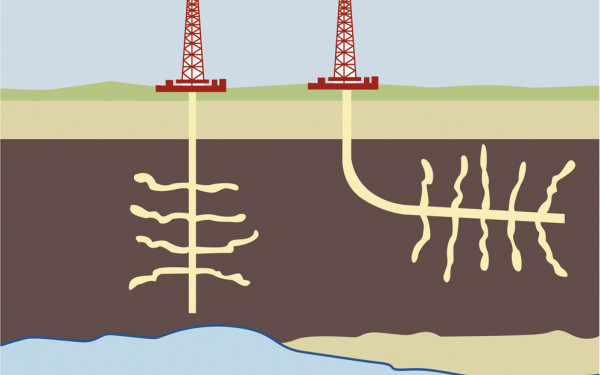Can you dig it?
History comes alive during Quebec Archeology Month
Piles of dirt. Small shards of broken pottery. Piecing chunks of mystery objects together like the world’s most complex jigsaw puzzle, but without the luxury of a box cover to show you what the final product should look like.
Real archeology is a far cry from it’s swashbuckling depictions in popular culture. Indiana Jones spent more time shooting Nazis than cataloguing layers of sediment and Brendan Frasier’s The Mummy dealt more with the supernatural powers of artifacts than their historical context.
Despite the lack of a real life Lara Croft, few areas of scientific study have captured the public’s imagination like the study of past human societies. That fascination is given a home-grown flavour during the month of August, which for the past eleven years, has been designated Quebec Archeology Month.
Raising Awareness
Gisèle Piédalue is a founding member of the Reseau Archéo-Québec, the organization behind the various events and exhibits that comprise QAM. The organization was started in 1999 as a way to raise archeology’s profile and make it more accessible to the public–not just as a science, but as a touristic draw in the province.
“The original purpose was to promote Quebec archeology because we felt that there was a huge gap in the actual promotion of archeology,” she said of the origins of the organization. “To make it better known, to demystify it for most people. But also in terms of marketing, we felt that there was the potential there to promote archeological activities as tourism activities.”
While some would find the study of past civilizations fascinating in an abstract sense, Piédalue claims that the true draw is that by studying the past, we actually gain insight on the present.
“I think people have a fundamental need to know where they came from, how society evolved, and how they got where they are,” she explained. “Archeology has a particularity in that it’s very concrete, it’s very tangible, people can actually see, feel and touch objects.”
It’s a sentiment echoed by Concordia professor Jean Bélisle. Though not an archeologist by training, his work excavating a 19th century steamship has made him one of the country’s leading practitioners of underwater archeology.
“It’s like opening a door on the past,” he said of working on a dig. “You can read about [history], there’s a ton of books, but when you’re on site, you can touch the boat, this real thing from the 1800s and it’s a lot of fun. It’s very complicated, but it’s a lot of fun.”
Though the technology he studies is obsolete, the methods used in his projects are “very high-tech,” according to Bélisle.“You can’t see the bottom of the river, so we use sub-bottom profilers, sonar, we even use artificial explosions and landslides to locate the original shore,” he listed. “We use magnetometers to see the change in the magnetic field of the earth, because if you have a wreck you have a high content of iron.”
“It’s like opening a door on the past,”
—Jean Bélisle,
Concordia Professor
If you’ve never associated explosives and sonar with studying old ways of living, Quebec Archeology Month might be for you.
The world of tomorrow, yesterday
While Bélisle’s work deals with a time period in which steam power was cutting edge and Canada was little more than another piece of the British Empire, not everything being researched in Quebec is quite so historically distant. Piédalue points out that some of the dig sites throughout the province are dedicated to events that happened during his parents’ lifetime.
“There’s usually a 50 year time span between the time that a historical event ends and archeological research relating to that event begins,” she explained. As a result, a recent trend has been to look at sites related to Quebec’s participation in World War II. Piédalue cites refugee camps at Fort Lennox and Montreal’s Ile Ste Helene as well as prisoner of war camps in Trois Rivieres and Quebec City.
These recent sites give an immediacy to the lessons that archeology can teach us. Bélisle inisisted that the true value of his work is that it helps mankind guide its way through unknown territory.
“The idea is to try to find how, as a society today, we were created. We are coming from somewhere. We never really invent anything, there’s a precedent. It teaches us how to behave when we are facing new technology and a new way of life. It can easily be compared to computer technology.”
All Together Now
In a province where history has often been reduced to the struggle between the two solitudes of English and French, it’s important to remember that there is so much more to our heritage.
From the first native settlements, to colonization, to Canada’s participation in global conflicts, the artifacts and sites on display during Quebec Archeology Month give valuable perspective to who we are, where we came from and where we’re going.
We can also learn about how to live together; Quebec has been a multi-cultural land since the arrival of the first Europeans and efforts to cohabitate haven’t always been smooth. By learning about our individual pasts, we can learn to forge our collective future.
This article originally appeared in Volume 31, Issue 02, published August 24, 2010.

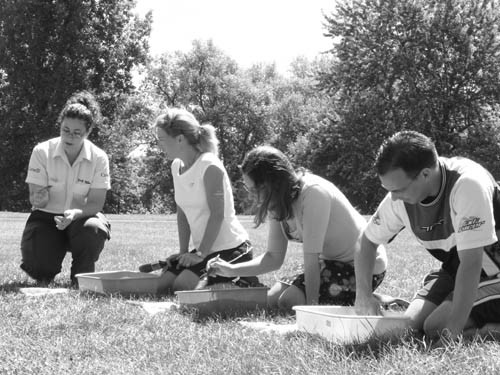
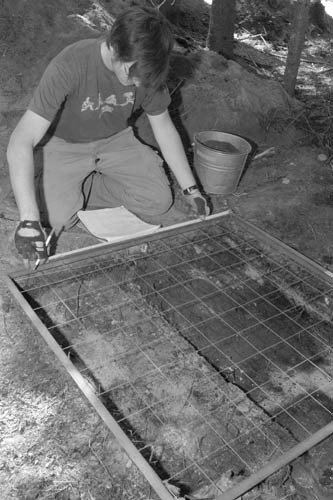
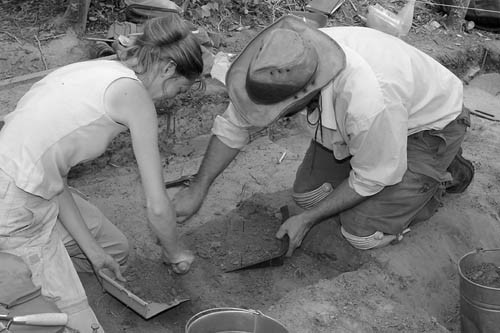
_600_832_s.png)

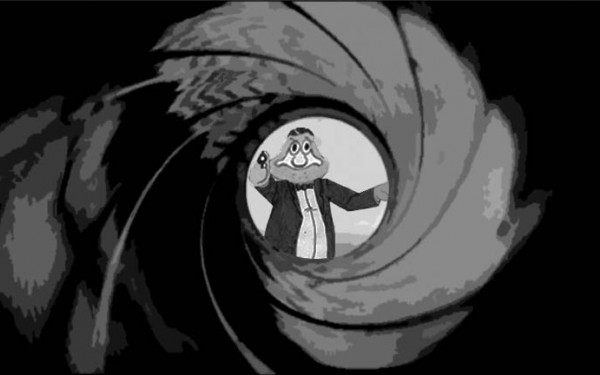
__600_375_90_s_c1.jpg)
